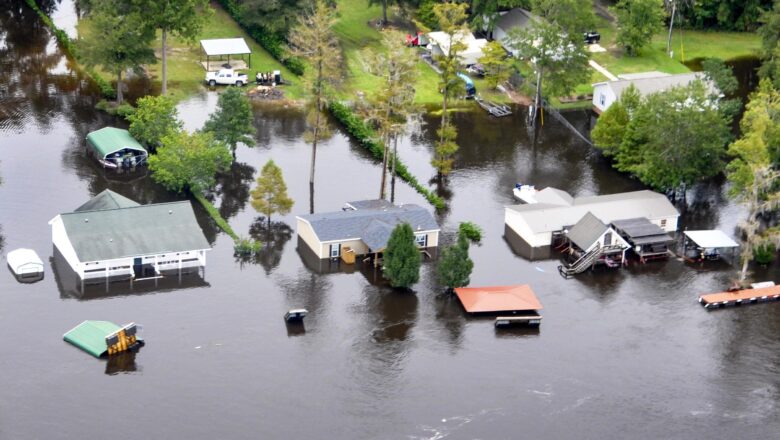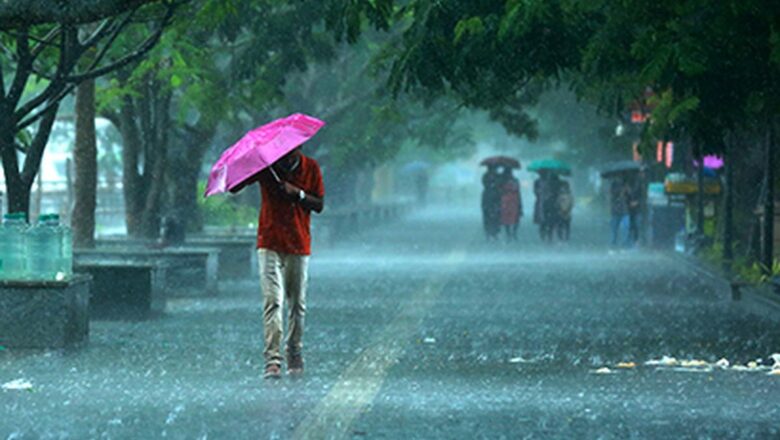
Niger state reels as floods kill 117 and submerge thousands of homes
Catastrophic flooding has left a trail of devastation across Niger state, where at least 117 people have been confirmed dead and more than 3,000 homes have been submerged. The death toll, which surged dramatically within a day, highlights the growing severity of seasonal floods in the region.
The disaster struck two communities hardest, where torrential rainfall on Wednesday night into early Thursday morning caused rivers to overflow, inundating residential areas and sweeping away structures. The impact has been overwhelming, with dozens still unaccounted for and entire neighborhoods now under water.
This tragedy bears grim similarities to Nigeria’s 2022 floods, the deadliest in over a decade, which claimed more than 600 lives and displaced approximately 1.4 million people across the...








